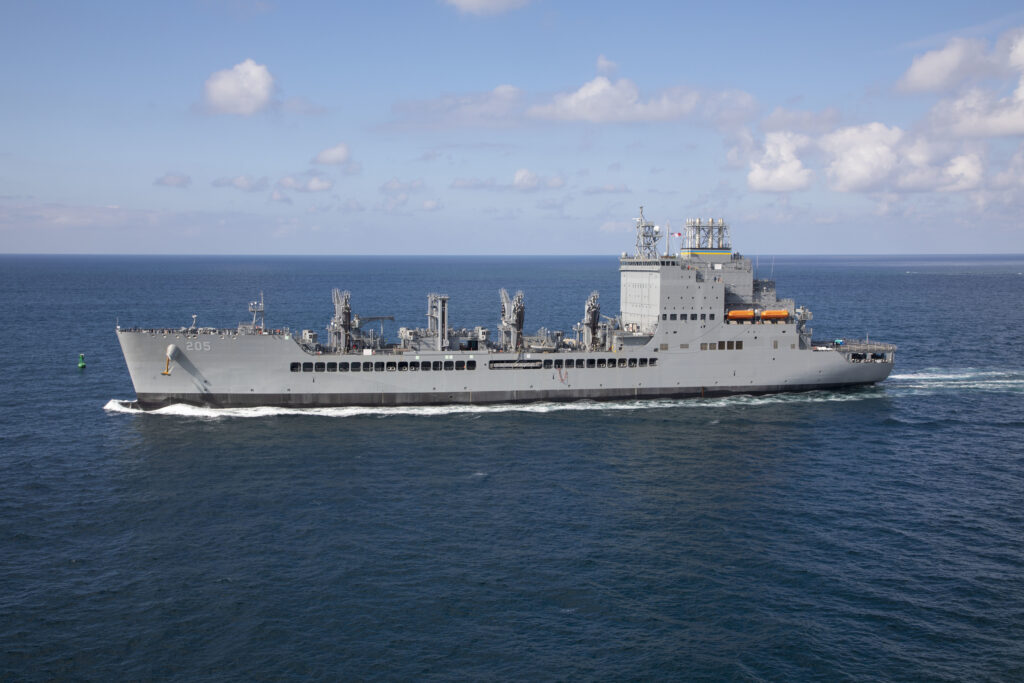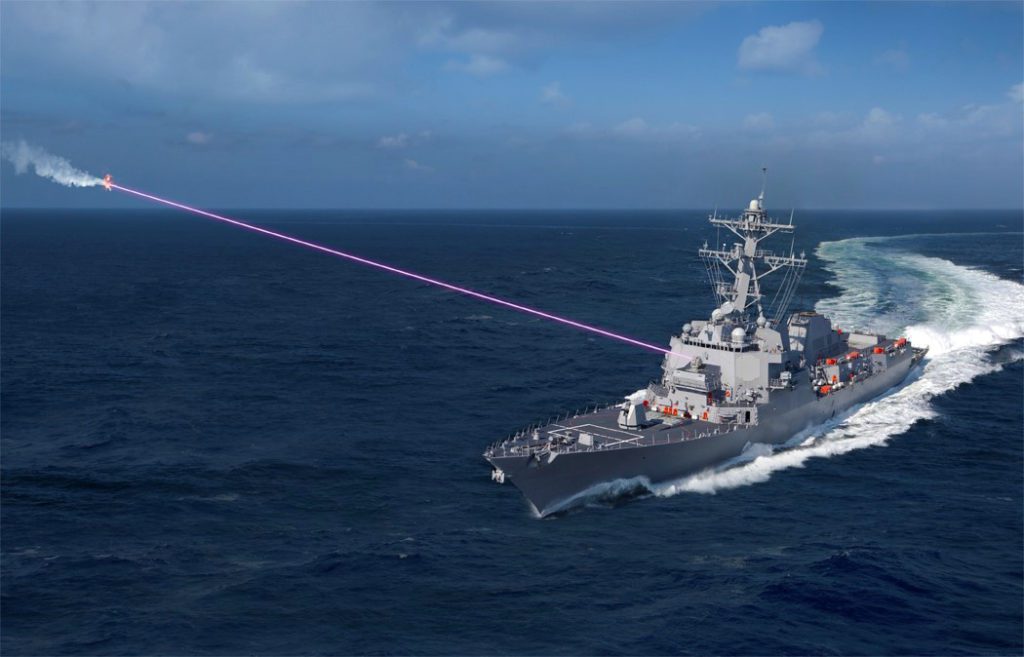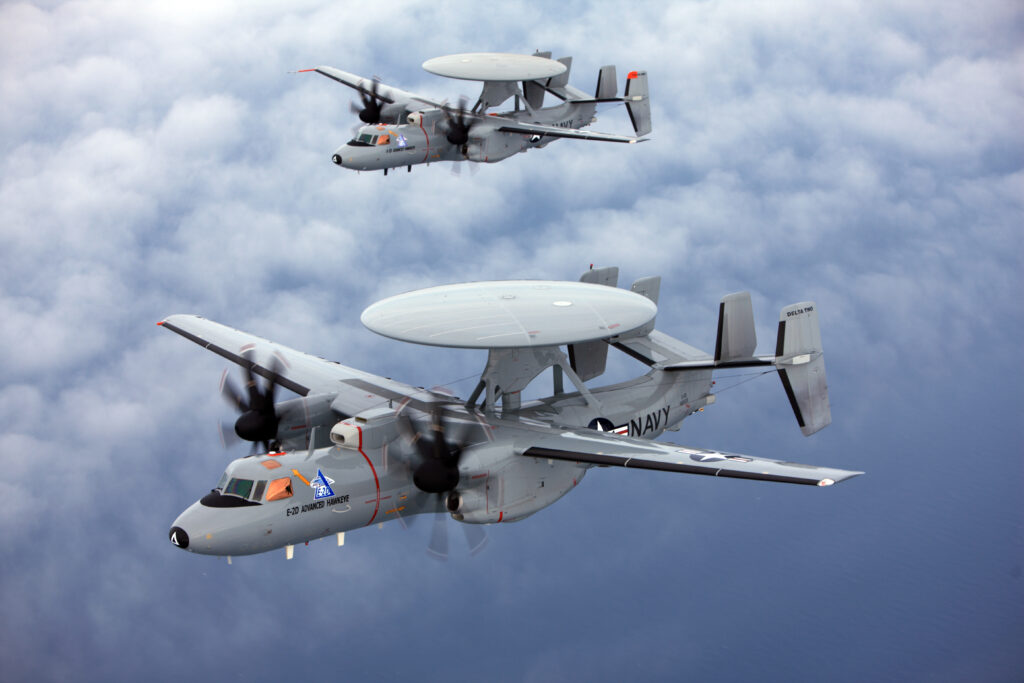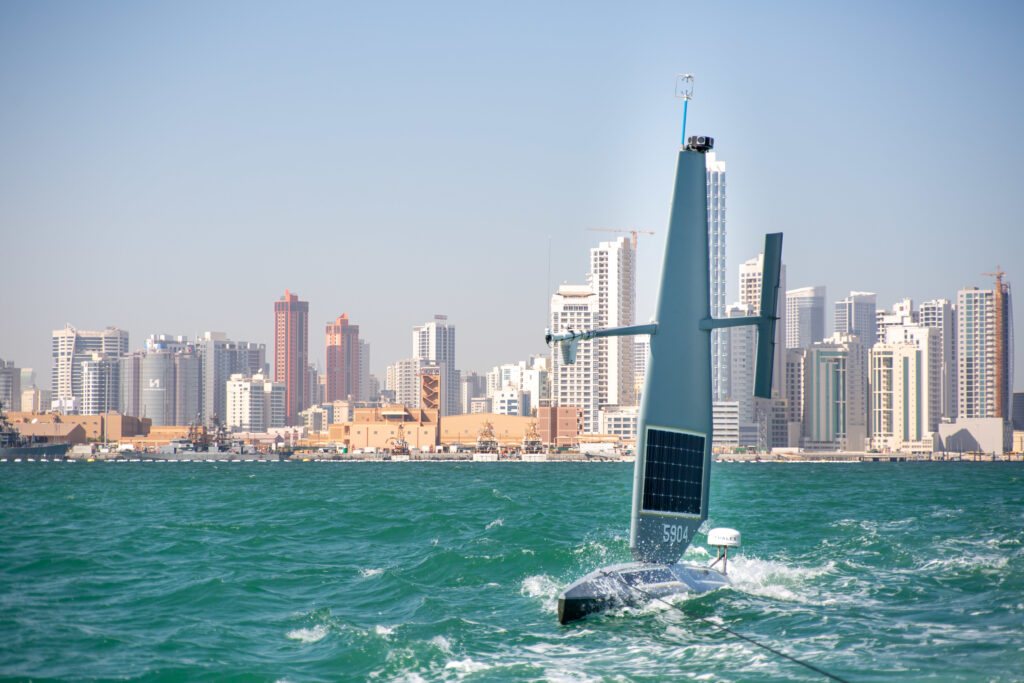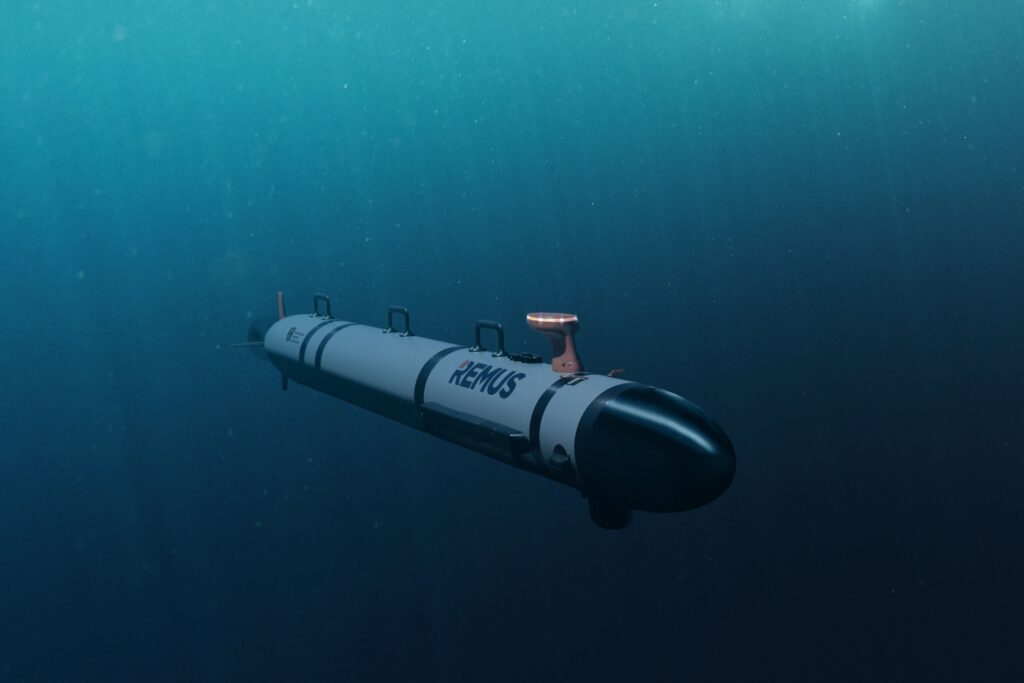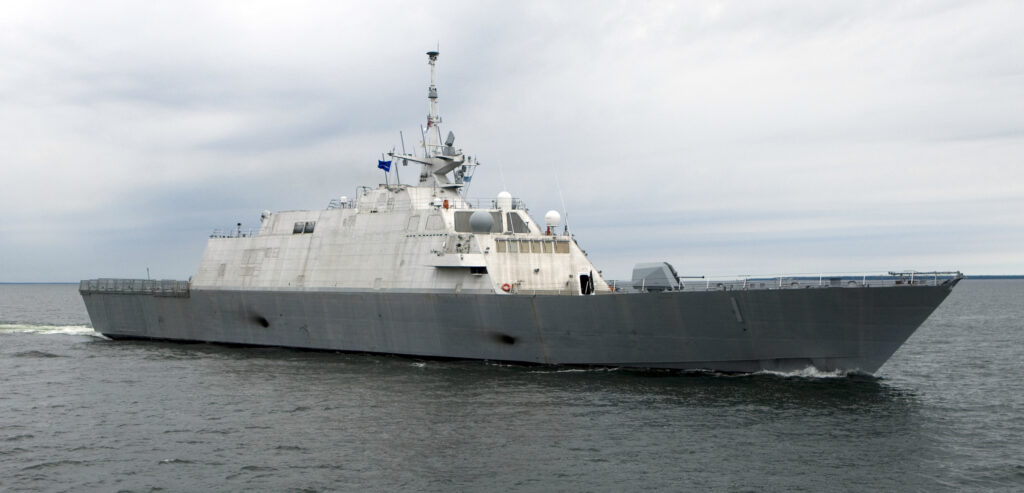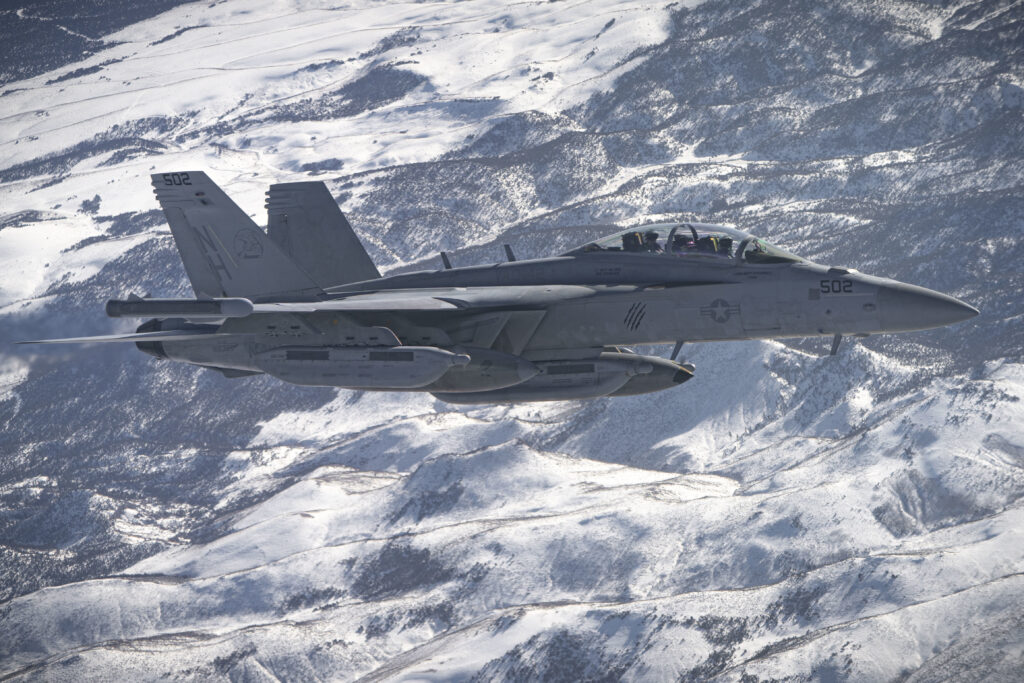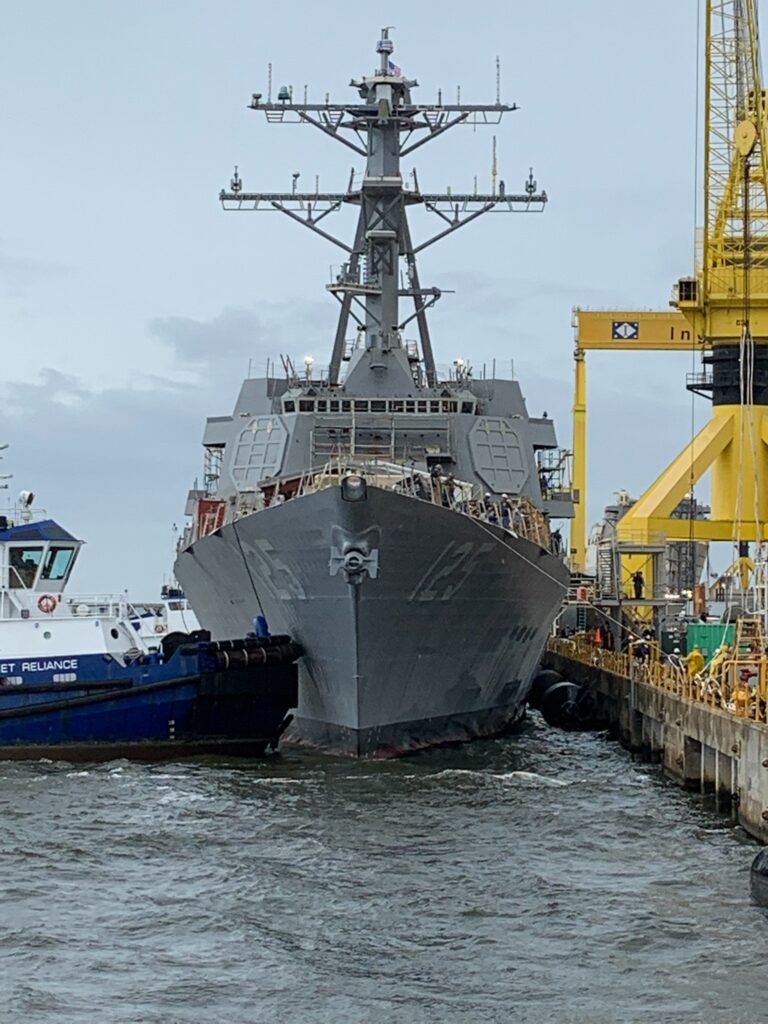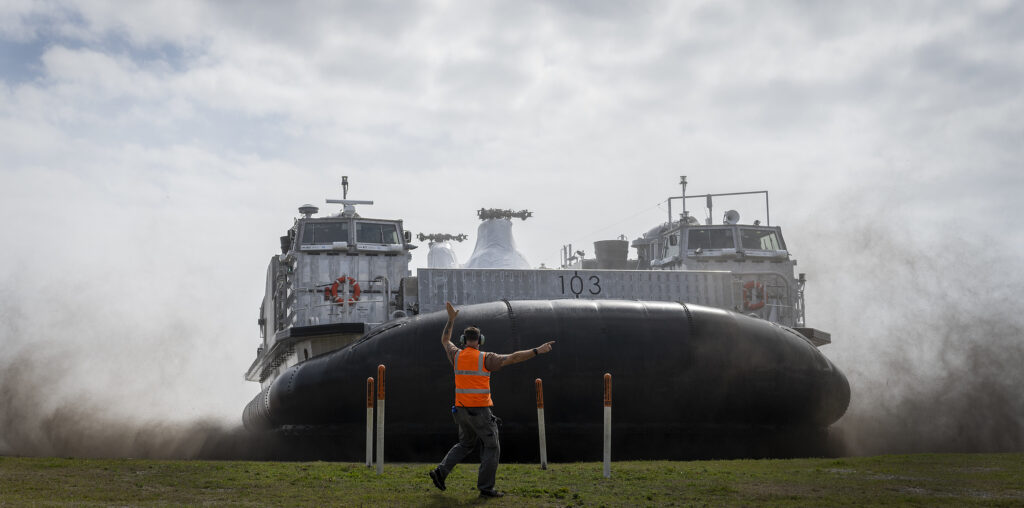New Safety Command Isn’t Just About Safety, It’s About Readiness
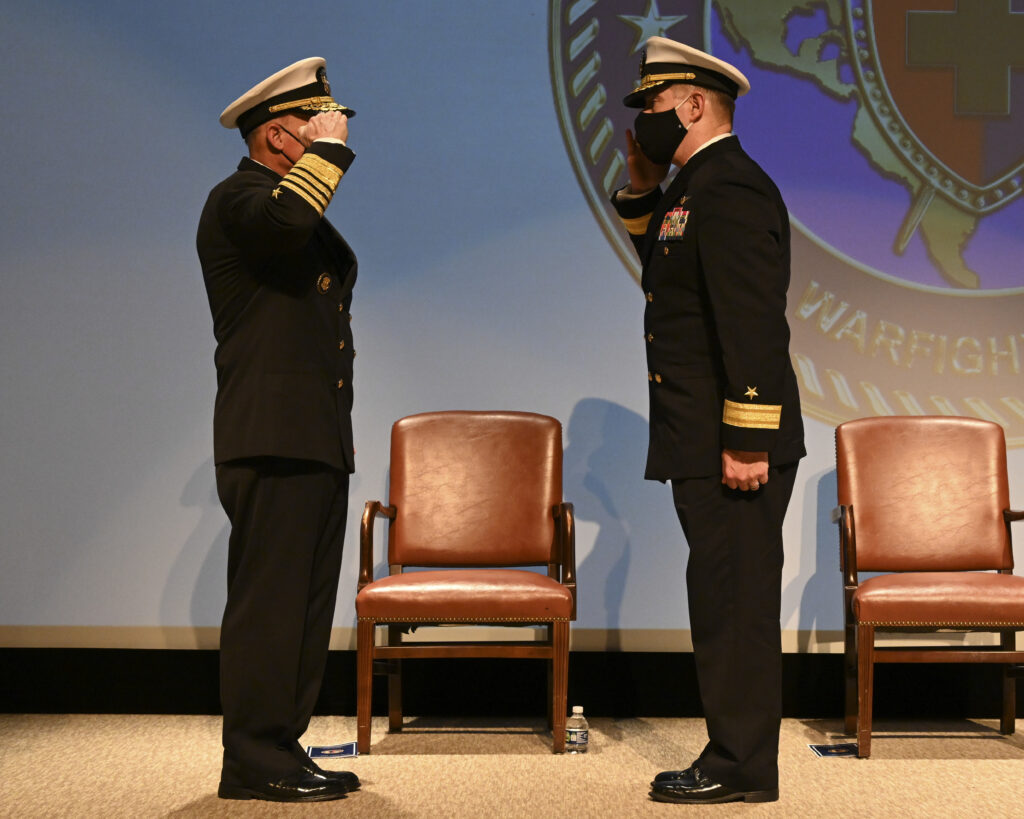
“Our mission and our focus every day is to enable warfighting capability by reducing preventable mishaps, loss of life and damage to materiel,” says Rear Adm. F.R. “Lucky” Luchtman, commander of the new Naval Safety Command. “Everything we do is to save the lives of Sailors and Marines, whether they’re wearing a uniform or civilian clothes. That’s what keeps us motivated. We’re focused on Sailors and Marines every day.”
The Department of the Navy has had a safety management system, but there have been incidents and accidents that would indicate that the service’s SMS is “inconsistently effective,” according to Luchtman.
The new command assumed the functions of the Naval Safety Center but raised it to a command that reports directly to the chief of naval operations.
By elevating the Naval Safety Center to the Naval Safety Command, the service is making is a statement that it’s going to start looking at problems differently.
“It’s a refocus of our current missions. We want to get after leading indicators and become the regulation authority that can evaluate the effectiveness of the safety management system as a whole,” Luchtman said.
“Some things won’t change a whole lot,” he acknowledged. “For example, we have an investigations branch of world-class investigators that help us understand the root causes of mishaps wherever they occur, whether on the surface, below the surface, in the air or on the land. Their mission is not really going to change a whole lot. Within our knowledge management directorate, we have a center of excellence with respect to data analytics. We have tremendous capability and capacity look at leading indicators and how we can use those indicators to reduce preventable loss of life and materiel.”
Also within the data analytics and safety promotions directorate is safety promotions, which shares safety awareness dispatches; publishes some well-known publications such as Approach, Mech, GroundWarrior and Ride; and has a robust social media presence on LinkedIn, Twitter, Facebook, Instagram and a public-facing website it uses to target the message to the fleet.
“What will change is the modernization of our safety management system,” Luchtman said.
The SMS is a high-level framework that identifies and communicates risk and helps mitigate or eliminate it.
“Safety Command will implement the Navy’s safety management system, which is a formal organization-wide approach to enhanced risk management reduction, problem solving and, really importantly, critical thinking,” said Chief of Naval Operations Adm. Michael Gilday, speaking at the command’s Feb. 4 establishment ceremony. “It will move us away from reacting — reactively managing safety, to proactively managing risk by making sure accountability for risk is held at the appropriate level.”
Luchtman said, “We currently have an SMS, and we’re looking to modernize it and meet the international ISO 45001 standard for occupational health and safety. But we’ve done some analysis that shows that we’re just not learning from some of the lessons-learned from previous mishaps. We know that because as we look at causal factors over time, many of them appear again and again over time.
“We’re going after the gaps and seams to ensure our SMS functioning at 100% to reduce preventable mishaps. If we surmise that we’re not learning as effectively as we should, or as consistently as we could, we want to know why, and take corrective action. The Navy that proves it can learn and adapt is going to be better postured for that fight than the one that does not.”
Luchtman said leadership should be absolutely engaged in the SMS design and implementation. Under SMS is the Safety Management Program, which gets into the tactical level of policies and procedures. “Our goal is to identify risk, communicate risk and, at the appropriate level, mitigate or eliminate that risk via accountability.”
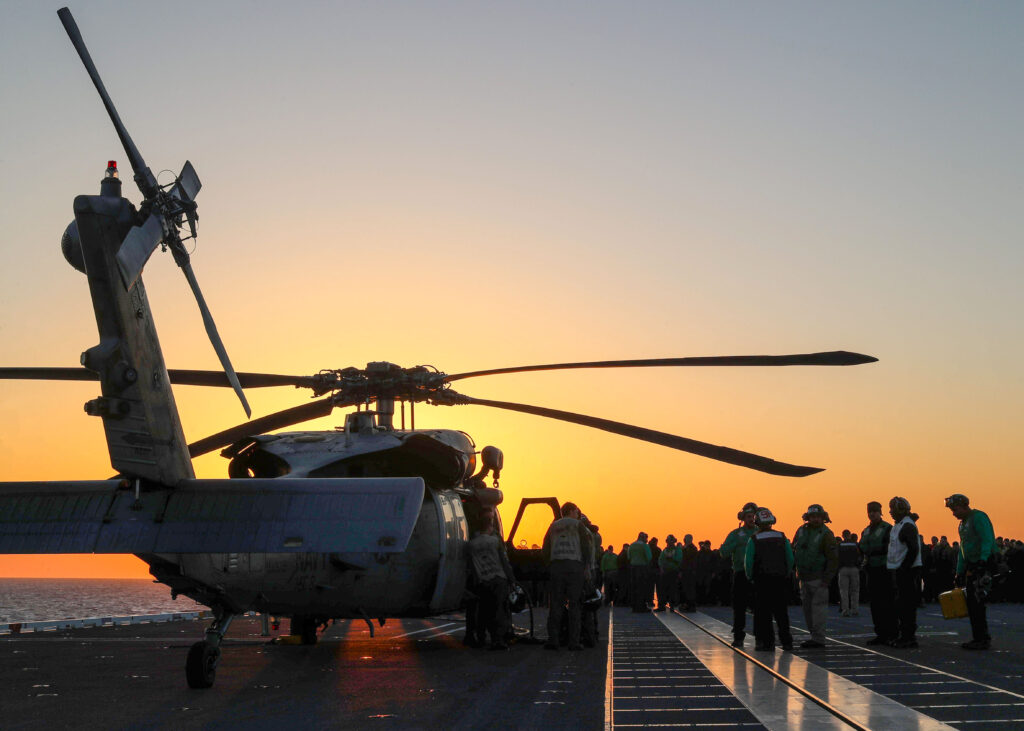
Safety Assessment
Luchtman said the Navy is now stressing accountability to make sure safety management is effective.
“As we get our SMS to where we want it to be, then how can we assess it to make sure that it’s operating the way we want it to? That’s where the Naval Safety Command comes in,” he said.
The command will assess the effectiveness of the SMS through unit-level spot inspections focused on compliance, deviation from standard and self-assessment and self-learning.
“We’re going to walk onto a ship or submarine or into a squadron,” he said. “And we’re going to take compliance with guidance and policy that exists throughout the safety management system. And then we’re going to note deviation from those practices. And then we’re going to ask the question, why? That question really is foundational to everything we’re doing. It’s important to get those safety issues addressed right away, but that noncompliance can also be used as an indicator as to the health of the entire enterprise broadly.”
Gilday said the Safety Command, much like the Navy’s Board of Inspection and Survey, “is going to take a look at our commands, our units, our squadrons, our submarines, our ships’ ability not only to comply with safety instructions, but … the real magic is going to be their ability to take a deeper look at our commands’ ability to self-assess and to self-correct.”
The design for the fleet assessments is not final yet, Luchtman said.
Identifying Risk
When a unit deploys, there are factors that develop and evolve that affect risk — such as training, manning shortfalls or equipment status or casualties — that require an understanding of the aggregation of risk to make decisions about how best to continue the mission, he said. But risk is more encompassing than just safety.
“In our profession, risk follows us around 24 hours a day, seven days a week. We’re always making risk decisions involving challenges and opportunities. There’s no escaping it.”
“There is almost no aspect of naval operations that can be separated from risk,” Gilday said. “But risk can be controlled.”
Luchtman said his command will identify best practices that can be applied throughout the fleet.
“We’re really focused on units and their ability to properly assess where they are, and whether or not they’ve implemented changes at the local level to address those gaps. So, that’s the unit level assessment. But we’re also going to be assessing the effectiveness of the safety management system from a higher echelon perspective, including the large staffs at the fleets, type commands and systems commands, to make sure they can properly identify the risk that is out there.
“We want to ensure the upper echelons understand the aggregation of risk that is occurring below them, appropriately communicate that risk both up the chain and down the chain, and are holding at the appropriate level the accountability to address those concerns that are found in risk identification process. That process of assessing higher echelon is brand new for the Naval Safety Command,” Luchtman said. “We have not done that in the past.”
Luchtman said this journey started with the thesis that the Department of the Navy’s safety management system is inconsistently effective.
“We looked at how we solve the problem. We started doing our homework to look at industry best practices, our sister services and our international partners, and we realized that we can do a lot better. We have to be honest with ourselves and recognize our capabilities and our limitations, understand those gaps, and fill those gaps through the safety management system.”
He said there are two commodities at stake, the first being money.
“The Navy spends about a billion dollars a year on mishaps across the communities. Wouldn’t it be better to apply that money in areas of readiness, rather than replacing materiel or human life that we’ve lost because we weren’t in compliance with an effective safety management system?”
The other commodity is trust.
“Every preventable mishap erodes public trust. We need to be able to say with credibility that we understand our business, we understand where the risks are and we put into place mitigations to allow us to operate at the very highest level, while minimizing unnecessary loss to human life and materiel. And there’s also a level of trust with taxpayers and the American public. Nobody wants to see ships damaged, aircraft crashed or lives lost on the front page. We actually are a pretty safe enterprise considering the number of days we steam or the hours we fly,” Luchtman said. “We actually do it pretty well. But when we fail, it’s normally a high visibility event.
“We want to have the conversation not about safety, but about readiness and warfighting capability.”
